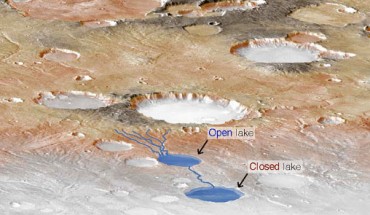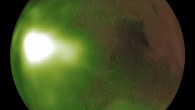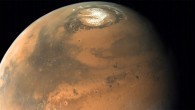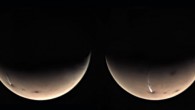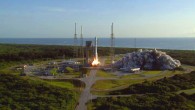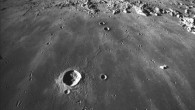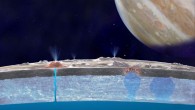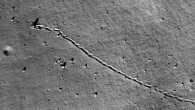Planetary researchers from the University of Texas at Austin and NASA’s Marshall Space Flight Center have used dry paleolakes and riverbeds to determine how much precipitation was present on Mars 3.5-4 billion years ago. Open and closed lakes on early Mars. Image credit: University of Texas at Austin. The climate of the ancient Mars is something of an enigma to scientists. To geologists, the existence of riverbeds and paleolakes paints a picture...

